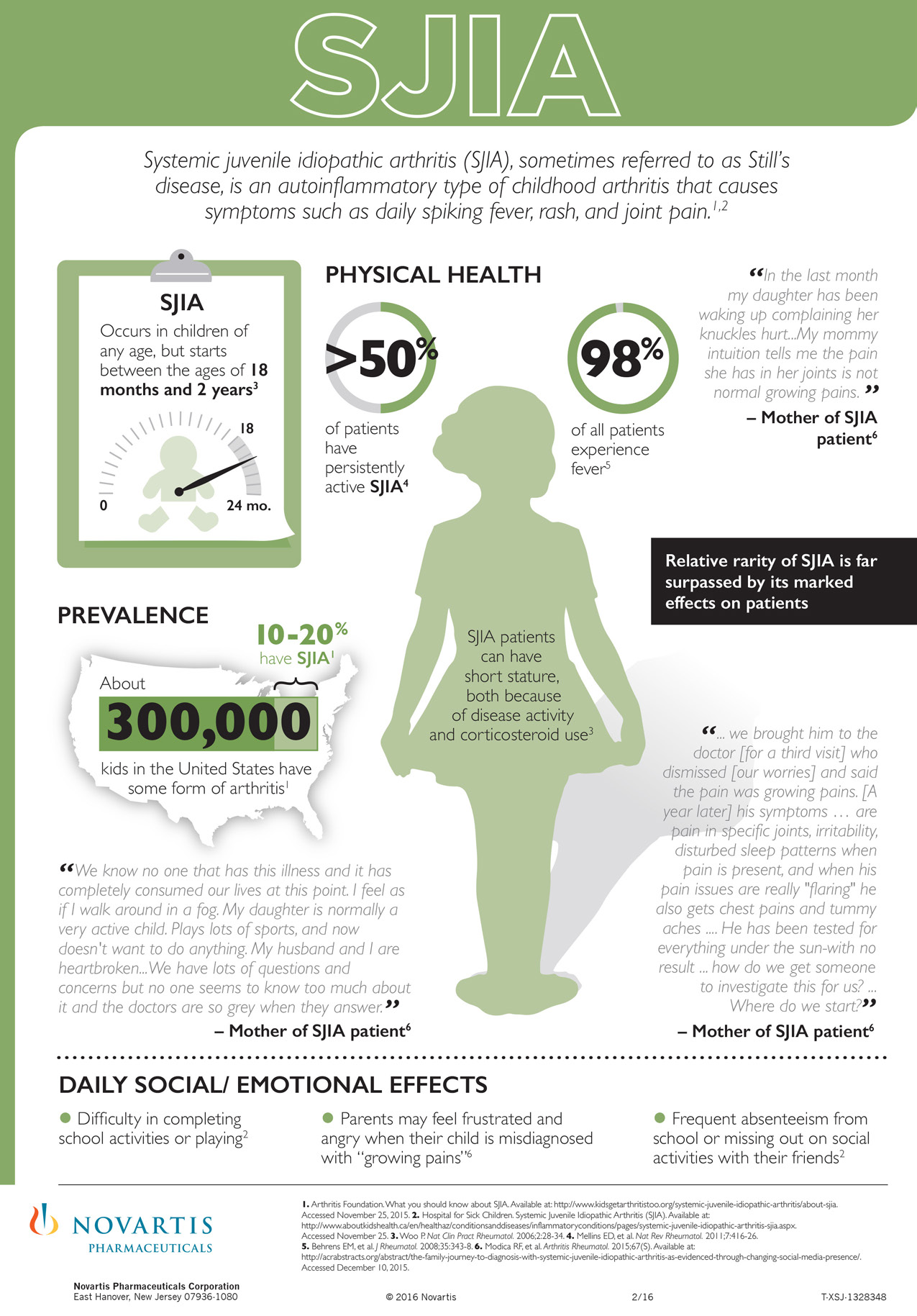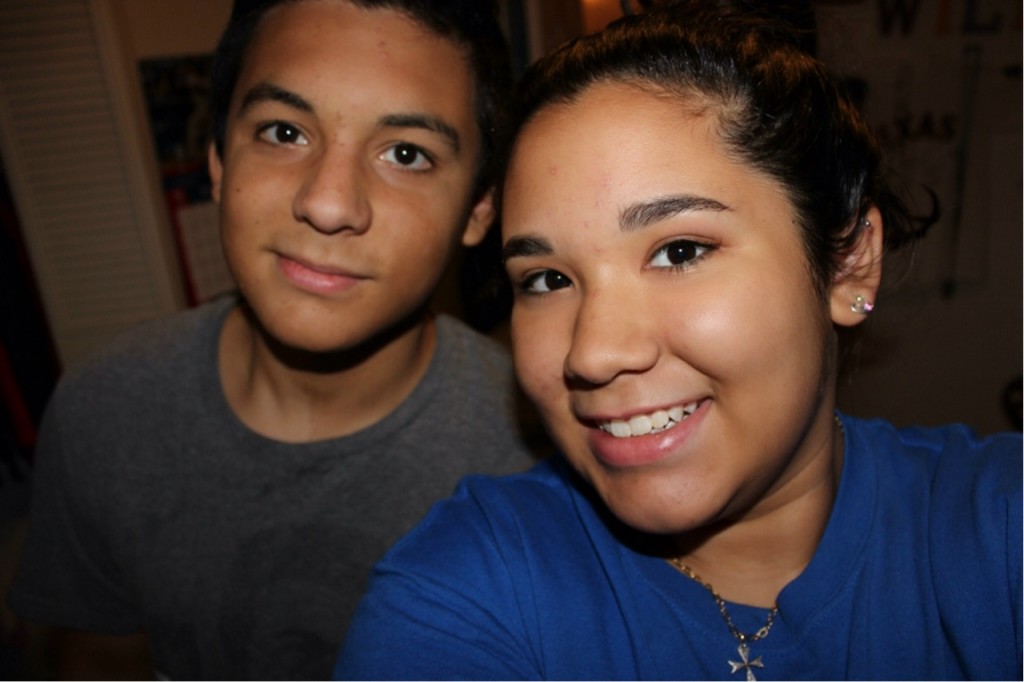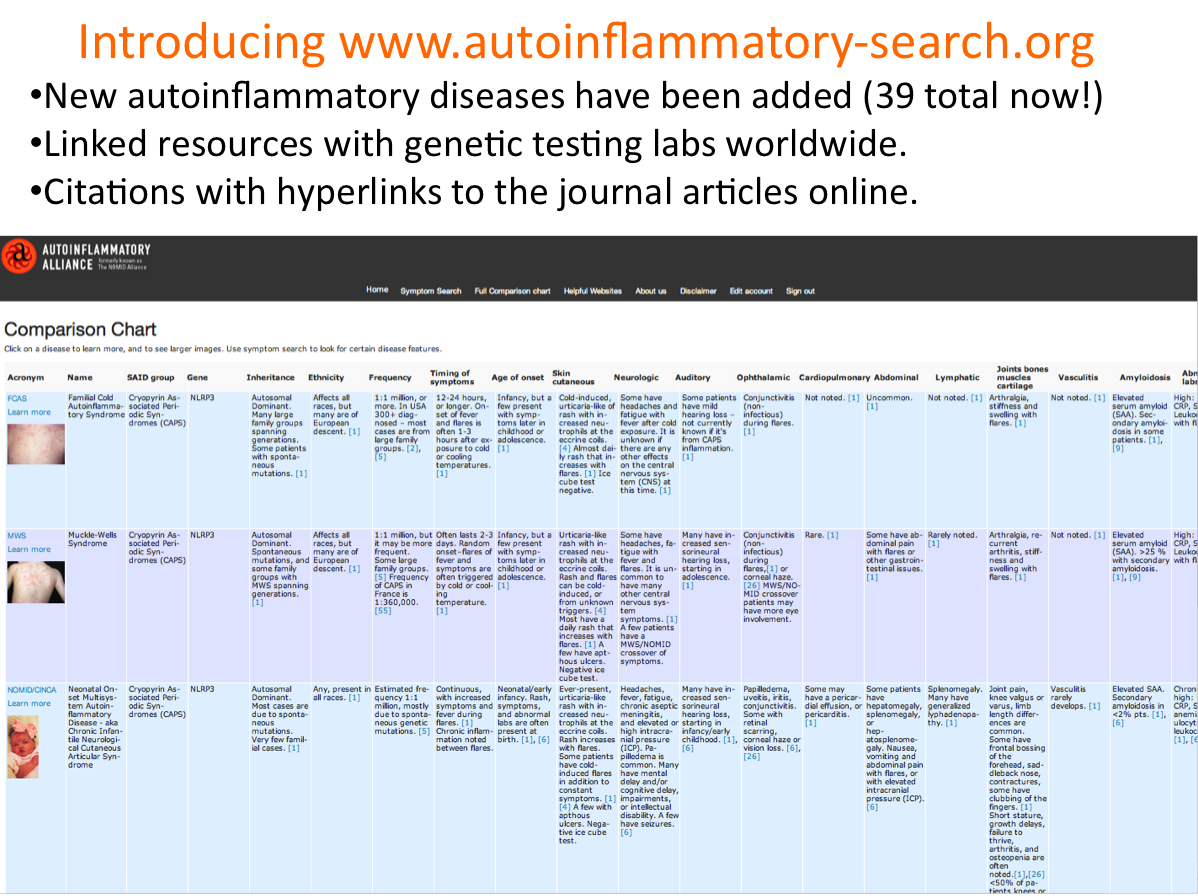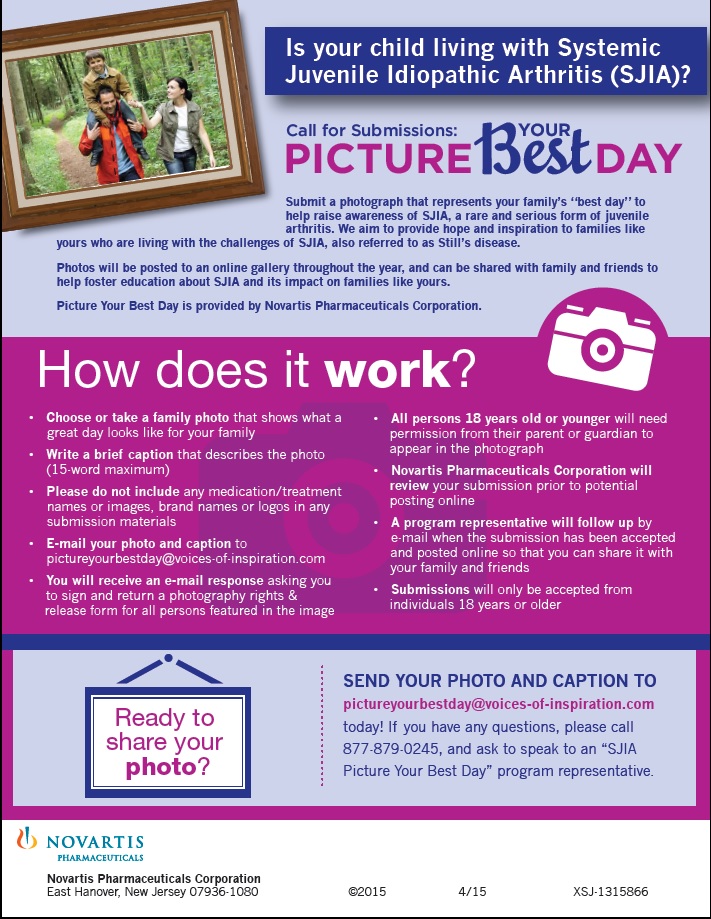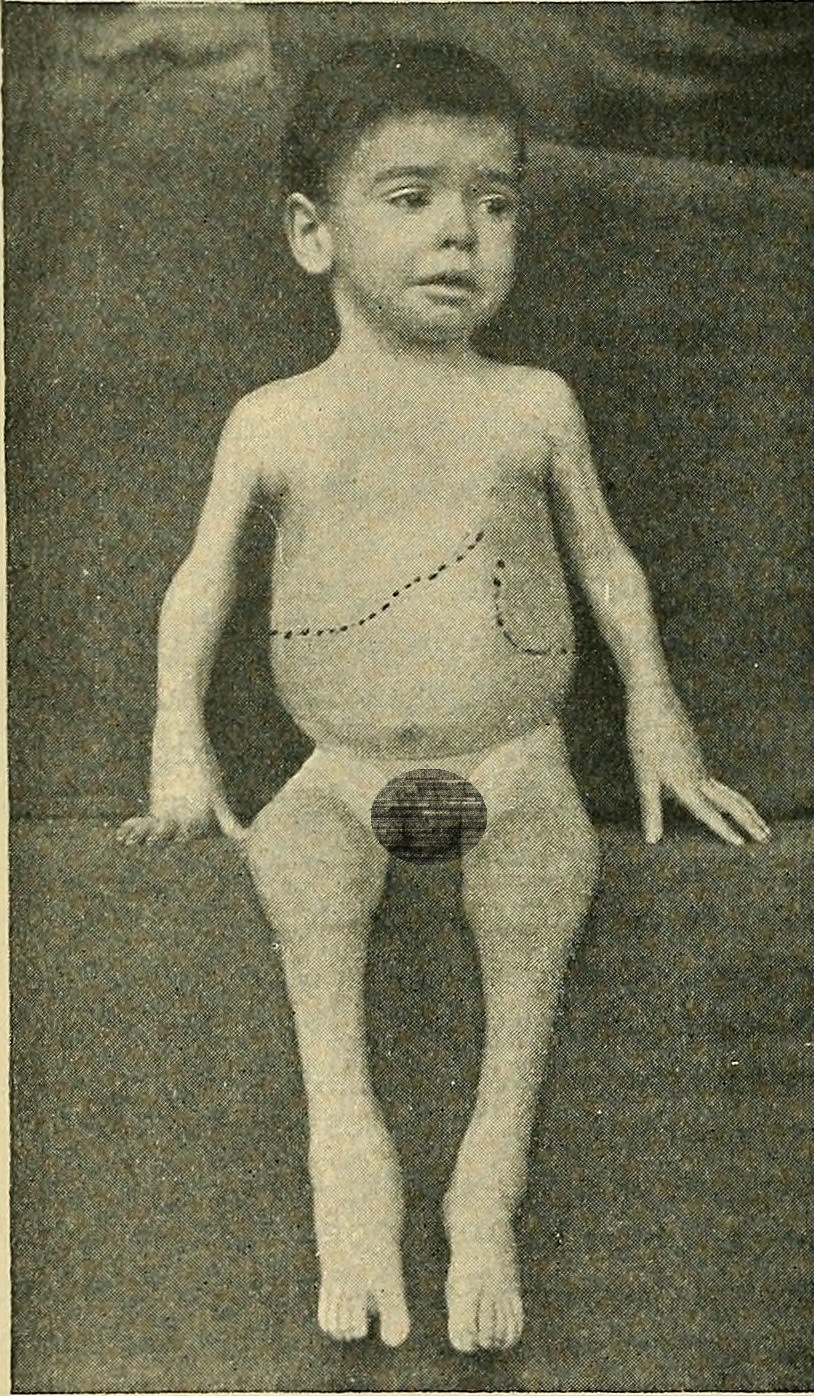
This photo from a medical book published in 1900 shows a child with Still’s disease, also known now as SJIA. Without treatment, children with SJIA suffer from severely swollen joints, swollen lymph nodes, pleurisy, and many other systemic inflammatory symptoms. The dotted line shows the extent of the swelling of the liver and spleen. This condition can be progressive and even fatal without targeted treatment that stops the inflammatory process; these medications were not available to this child in 1900.
For those newly diagnosed parents: I understand your reluctance to use any more medications than necessary, but let me give you some facts. When a child is newly diagnosed, there is a lot to process with the diagnosis, and a child may not be showing all the symptoms yet that can come with these diseases over time.
Maybe at first without the medicines, the pain isn’t too bad, so you may be asking yourself, “Why put those chemicals into our kids if they can make do without them?” Why? Because chronic inflammation could already be doing damage, and in some cases, it can be permanent. Our kids are tough, and will push through the pain just to have a normal life. If the pain gets so bad that they can’t push through, imagine the damage that has already been done before it gets that severe! Sometimes this damage is irreversible, and can only be repaired surgically.
Some chronic inflammation can be subtle and hard to detect unless the doctor is checking for it, and it can get worse over time or escalate rapidly during a severe attack of symptoms. Did you know that even vision can be affected in some patients with SJIA if inflammation inside the eye (such as uveitis) is allowed to go untreated? This is a systemic disease, that can affect internal organs and functions, not just the joints and bones.
I have learned two important things that I wish medical professionals would tell all parents of newly diagnosed systemic juvenile arthritis kids:
1. Research has proven that the sooner and more aggressively you treat the inflammation after initial diagnosis, the less damage that is done to the joints.
2. If the joints are damaged, even if the child goes into remission later, they may still have chronic pain from that damage. Forever.
This means that a decision to avoid medications until the child cannot stand the pain could be sentencing your child to a lifetime of pain, even if you do manage to get the arthritis under control. If your doctor is suggesting certain treatments, they are likely considering starting with medications known to have the most potential benefit, that have been researched, and are approved for pediatric patients. All medications have side effects, but not using these treatments may cause more actual, permanent damage to your child than the side effects of these medications would cause in their body.
It’s no coincidence that the development of newer, stronger medications has been followed by a much lower permanent disability rate among juvenile arthritis kids. I have spoken to adults with juvenile arthritis who wished that they would have had the option to use these stronger medicines, because they are now permanently disabled, or even blind.


